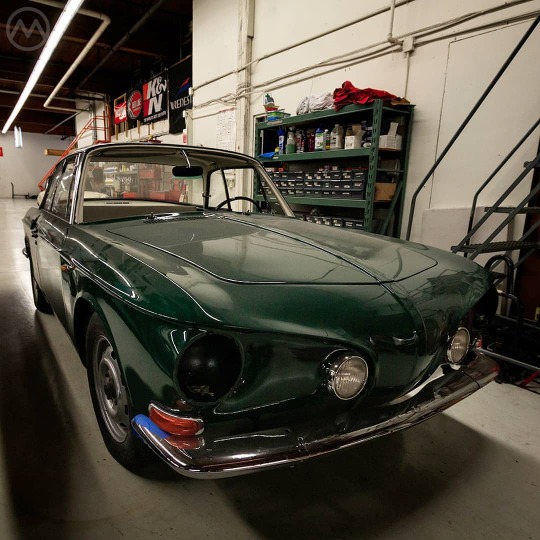#type34karmannghia
Explore tagged Tumblr posts
Photo

Looking back a couple of years for #frontendfriday to this #Type34KarmannGhia. The round, Chrysler-inspired regular K-G is a familiar site in the USA but the #Type34 was never sold here. A few have trickled in over the years, however, as cars were easy to import in the 1960s and many American VW fans wanted something just a little different. The same is true of the Type 3 Notchback. There were actually three different Karmann-Ghias in the 1960s, the original, the type 34, and the Brazilian type 145 “Touring Coupe,” which looked like a blend of a Frua Glas GT and Porsche 911. The most unusual one, though, was Sergio Sartorelli’s Type 34. Born in 1928, Sartorelli was always fascinated with cars and trained as an engineer at Turin Polytechnic before working for Felice Mario Boano and later Luigi Segre at Ghia. Life at Ghia was a dream come true for him, and he was soon involved in many projects, mostly for Fiat and VW but also creating custom Chryslers for Saudi Arabian Sheikhs. Two of his earliest production projects were the Fiat 500 Jolly and the Type 34, the prototype of which was done in early 1960. Underneath it was essentially a Type 3 1500, but with it’s rakish bodywork and healthy increase in speed from the regular K-G, it was a desirable car, albeit one with a high price. Only VW’s Westfalia campers cost more in the showroom. The razor-edged sides and slim, elegant greenhouse were unmistakable, and it came with many features unheard of in regular VWs, like a power sunroof. Few luxury customers were after a VW in the ‘60s, but like the other Type 3s, the 34 was an effort to move VW beyond economy vehicles. Never explicitly a “sports car,” the Type 34 was aimed at a sort of personal/luxury car market, buyers who might previously have had a Borgward Isabella Coupe or Renault Caravelle. The car's high price and lack of availability in VW's largest export market meant relatively low production; ~42,000 were made from 1962 to 1969. A complex body with lots of sculpting and many different welds, the larger Ghia proved to be a prolific ruster, and since all the panels were unique to the Der Große Karmann, repair was not an easy task. Survivors are rare now. (at Group 2 Motorsports) https://www.instagram.com/p/CK69Z9QlXfr/?igshid=ps4841zvygbw
0 notes